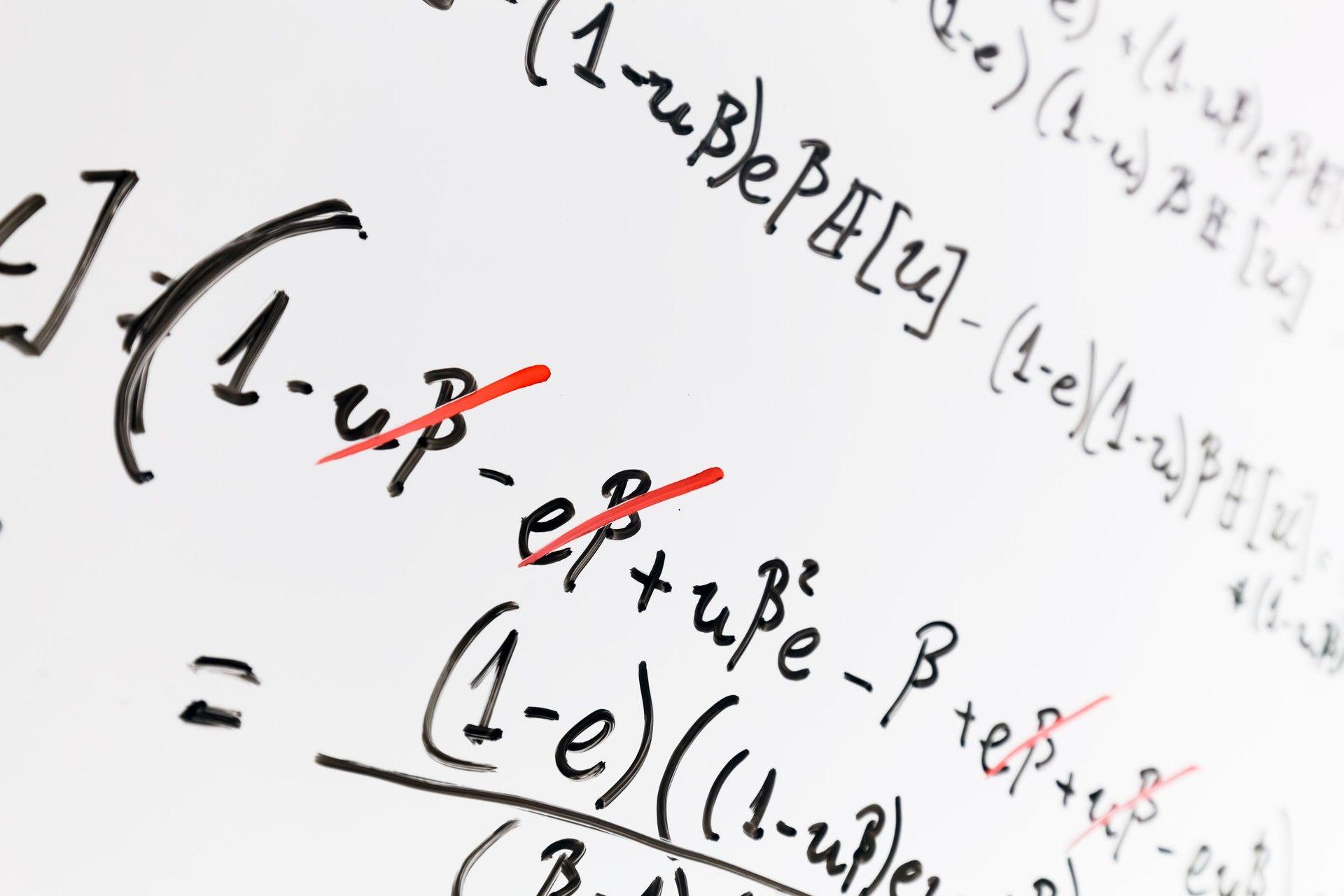The concept of a kernel in machine learning might initially sound perplexing, but it’s a fundamental idea that underlies many powerful algorithms. There are mathematical theorems that support the working principle of all automation systems that make up a large part of our daily lives.
Kernels in machine learning serve as a bridge between linear and nonlinear transformations. They enable algorithms to work with data that doesn’t exhibit linear separability in its original form. Think of kernels as mathematical functions that take in data points and output their relationships in a higher-dimensional space. This allows algorithms to uncover intricate patterns that would be otherwise overlooked.
So how can you use kernel in machine learning for your own algorithm? Which type should you prefer? What do these choices change in your machine learning algorithm? Let’s take a closer look.

What is a kernel in machine learning?
At its core, a kernel is a function that computes the similarity between two data points. It quantifies how closely related these points are in the feature space. By applying a kernel function, we implicitly transform the data into a higher-dimensional space where it might become linearly separable, even if it wasn’t in the original space.
There are several types of kernels, each tailored to specific scenarios:
- Linear kernel
- Polynomial kernel
- Radial basis function (RBF) kernel
- Sigmoid kernel
Linear kernel
The linear kernel is the simplest form of kernel in machine learning. It operates by calculating the dot product between two data points. In essence, it measures how aligned these points are in the feature space. This might sound straightforward, but its implications are powerful.
Imagine you have data points in a two-dimensional space. The linear kernel calculates the dot product of the feature values of these points. If the result is high, it signifies that the two points have similar feature values and are likely to belong to the same class. If the result is low, it suggests dissimilarity between the points.
The linear kernel‘s magic lies in its ability to establish a linear decision boundary in the original feature space. It’s effective when your data can be separated by a straight line. However, when data isn’t linearly separable, that’s where other kernels come into play.
Polynomial kernel
The polynomial kernel in machine learning introduces a layer of complexity by applying polynomial transformations to the data points. It’s designed to handle situations where a simple linear separation isn’t sufficient.
Imagine you have a scatter plot of data points that can’t be separated by a straight line. Applying a polynomial kernel might transform these points into a higher-dimensional space, introducing curvature. This transformation can create intricate decision boundaries that fit the data better.
For example, in a two-dimensional space, a polynomial kernel of degree 2 would generate new features like x^2, y^2, and xy. These new features can capture relationships that weren’t evident in the original space. As a result, the algorithm can find a curved boundary that separates classes effectively.

Radial basis function (RBF) kernel
The Radial Basis Function (RBF) kernel in machine learning is one of the most widely used kernels in the training of algorithms. It capitalizes on the concept of similarity by creating a measure based on Gaussian distributions.
Imagine data points scattered in space. The RBF kernel computes the similarity between two points by treating them as centers of Gaussian distributions. If two points are close, their Gaussian distributions will overlap significantly, indicating high similarity. If they are far apart, the overlap will be minimal.
This notion of similarity is powerful in capturing complex patterns in data. In cases where data points are related but not linearly separable, the usage of RBF kernel in machine learning can transform them into a space where they become more distinguishable.
Sigmoid kernel
The sigmoid kernel in machine learning serves a unique purpose – it’s used for transforming data into a space where linear separation becomes feasible. This is particularly handy when you’re dealing with data that can’t be separated by a straight line in its original form.
Imagine data points that can’t be divided into classes using a linear boundary. The sigmoid kernel comes to the rescue by mapping these points into a higher-dimensional space using a sigmoid function. In this transformed space, a linear boundary might be sufficient to separate the classes effectively.
The sigmoid kernel‘s transformation can be thought of as bending and shaping the data in a way that simplifies classification. However, it’s important to note that while the usage of a sigmoid kernel in machine learning can be useful, it might not be as commonly employed as the linear, polynomial, or RBF kernels.
Kernels are the heart of many machine learning algorithms, allowing them to work with nonlinear and complex data. The linear kernel suits cases where a straight line can separate classes. The polynomial kernel adds complexity by introducing polynomial transformations. The RBF kernel measures similarity based on Gaussian distributions, excelling in capturing intricate patterns. Lastly, the sigmoid kernel transforms data to enable linear separation when it wasn’t feasible before. By understanding these kernels, data scientists can choose the right tool to unlock patterns hidden within data, enhancing the accuracy and performance of their models.
How to use kernels in machine learning
Kernels, the unsung heroes of AI and machine learning, wield their transformative magic through algorithms like Support Vector Machines (SVM). This article takes you on a journey through the intricate dance of kernels and SVMs, revealing how they collaboratively tackle the conundrum of nonlinear data separation.
The foundation
Support Vector Machines, a category of supervised learning algorithms, have garnered immense popularity for their prowess in classification and regression tasks. At their core, SVMs aim to find the optimal decision boundary that maximizes the margin between different classes in the data.
Traditionally, SVMs are employed in a linear setting, where a straight line can cleanly separate the data points into distinct classes. However, the real world isn’t always so obliging, and data often exhibits complexities that defy a simple linear separation.
A capeless hero for your algorithm
This is where kernels come into play, ushering SVMs into the realm of nonlinear data. Kernels provide SVMs with the ability to project the data into a higher-dimensional space where nonlinear relationships become more evident.
The transformation accomplished by kernels extends SVMs’ capabilities beyond linear boundaries, allowing them to navigate complex data landscapes.

Let’s walk through the process of using kernels with SVMs to harness their full potential.
Starting point
Imagine you’re working with data points on a two-dimensional plane. In a linearly separable scenario, a straight line can effectively divide the data into different classes. Here, a standard linear SVM suffices, and no kernel is needed.
The dilemma
However, not all data is amenable to linear separation. Consider a scenario where the data points are intertwined, making a linear boundary inadequate. This is where kernel in machine learning step in to save the day.
A transformative journey
You have a variety of kernels at your disposal, each suited for specific situations. Let’s take the Radial Basis Function (RBF) kernel as an example. This kernel calculates the similarity between data points based on Gaussian distributions.
By applying the RBF kernel, you transform the data into a higher-dimensional space where previously hidden relationships are revealed.
Nonlinear separation
In this higher-dimensional space, SVMs can now establish a linear decision boundary that effectively separates the classes. What’s remarkable is that this linear boundary in the transformed space corresponds to a nonlinear boundary in the original data space. It’s like bending and molding reality to fit your needs.

Beyond the surface
Kernels bring more than just visual elegance to the table. They enhance SVMs in several crucial ways:
Handling complexity: Kernel in machine learning enables SVMs to handle data that defies linear separation. This is invaluable in real-world scenarios where data rarely conforms to simplistic structures.
Unleashing insights: By projecting data into higher-dimensional spaces, kernels can unveil intricate relationships and patterns that were previously hidden. This leads to more accurate and robust models.
Flexible decision boundaries: Kernel in machine learning grants the flexibility to create complex decision boundaries, accommodating the nuances of the data distribution. This flexibility allows for capturing even the most intricate class divisions.
Kernel in machine learning is like a hidden gem. They unveil the latent potential of data by revealing intricate relationships that may not be apparent in their original form. By enabling algorithms to perform nonlinear transformations effortlessly, kernels elevate the capabilities of machine learning models.
Understanding kernels empowers data scientists to tackle complex problems across domains, driving innovation and progress in the field. As we journey further into machine learning, let’s remember that kernels are the key to unlocking hidden patterns and unraveling the mysteries within data.
Featured image credit: rawpixel.com/Freepik.






